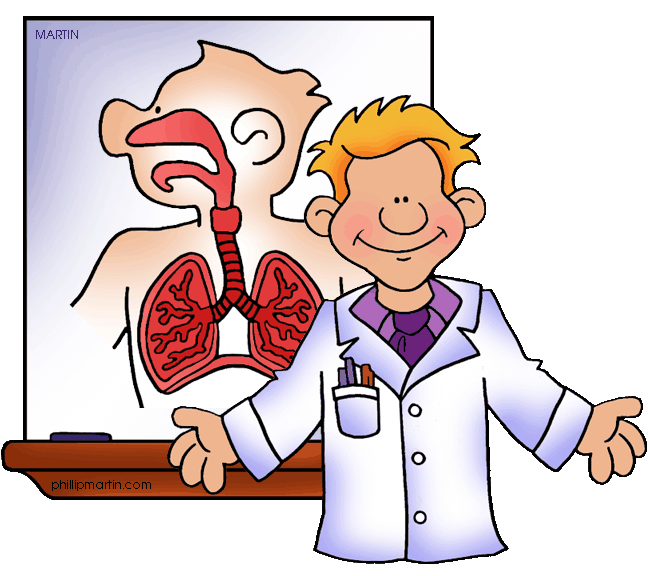Vital capacity ...
Vital capacity is the amount of air exhaled at maximum exhalation after full inspiration. It depends on height and weight, shape and dimension of the chest or level of taking a fit.
Materials: a glass jars, two drinking straws, measuring cylinder with capacity of 500 ml, a play dough
Procedure:
- Scoop up water into glass jars to reach out a height of 2 cm from the cup´s top and don´t immerse one of the straws in water.
- Take a deep breath and then exhale air into the straw which is not immersed in water. Put down cylinder or beaker below the second straw.
- Calculate the class average value of the capacity of displaced water separately for boys and for girls.
Measurement of vital capacity - Šmáliks...
Stay in a smoky room - bad for our lungs! - ZŠ Lískovec, F-M
We tried to measure our vital lung capacity. We found significantly different results from 100 ml to 500 ml of the displaced water.
We need as many sports, we have improved our results.
Mind! Stay in a smoky room - bad for our lungs!
We need as many sports, we have improved our results.
Mind! Stay in a smoky room - bad for our lungs!
Pojemność płuc - Gimnazjum w Poświętnem
Cardiac output...
Cardiac output is the amount of blood that the heart ejects for up to one minute. It is calculated by multiplying the number of heartbeats and stroke volume.
Tools: stethoscope, stopwatch, barometer
Procedure: On the basic of the blood pressure and the number of beats per 1 minute calculate the value of cardiac output according to the formula. Compare your results with your classmates.
MO - cardiac output
TF - in beats per minuteTK max. - Systolic blood pressure
TK min. - Diastolic blood pressure
TK pulse - the pulse pressure (the difference between systlolic and diastolic pressure)
Conclusion: The average minute volume measured at rest is in an adult about 5 l (at approximately 70 mm3 stroke volume and the number of heartbeats of the heart for 72 beats per minute).
The measurement of cardiac output - Šmálikovs ...
Měřili jsme minutový objem srdce - We measured volume of the heart -
ZŠ Lískovec
Dnešní etwinningový čas jsme věnovali měření a výpočtu jaký objem krve proteče za minutu srdcem.
V průměru nám zatím vycházely hodnoty v rozmezí 4,3 až 4,4 l krve za minutu.
Víme, že naše srdce můžeme posilovat a trénovat sportem.
Today eTwinning time we spent measurements - the volume of blood flow through the heart per minute. We know that we can strengthen our hearts and coaching sports.
Ciśnienie krwi - Gimnazjum w Poświętnem
Šmáliks – I will be a doctor...
The human body has
a variety of interesting features. Many of them can be measured. Doctors by
using some measurements detect whether we are healthy or sick. We tried two
measurements and we created our measuring instruments.
We were measuring how much air the lungs can breathe out at one time...
We were measuring how much air the lungs can breathe out at one time...
And heartbeat after exercise...
Čo je neurón?
Z encyklopédií a internetu sme zistili, že neurón je nervová bunka, ktorá je najvýznamnejším stavebným a funkčným prvkom nervového tkaniva. Skladá sa z tela bunky - neurocytu alebo perykaryónu, a z vodivých výbežkov. Výbežky nervovej bunky sú dvojaké: dendrity – prijímajú vstupnú informáciu (nervový vzruch), neurity sú centrifugálne – vedú informáciu (nervový vzruch) od tela neurónu. Kontakty medzi neurónmi navzájom a medzi neurónmi a inými bunkami zabezpečujú synapsy. Veľkosť tela neurónu sa pohybuje od 4 mm až do 130 mm.
Pozreli sme si aj DVD zo série Bol raz jeden život - časť neurón. Tu sme sa dozvedeli nasledovné:
- Neuróny sú nervové bunky, z ktorých je vytvorený ľudský mozog a jeho nervová sústava.
- Ich vývoj sa končí v priebehu prvého roka života človeka.
- Sú to bunky, ktoré sa už neobnovujú.
- Ich rozvetvenie sa však neustále predlžuje.
- 100 000 neurónov sa zmestí do špendlíkovej hlavičky.
- Vnímajú vonkajší svet, podávajú nám o ňom správy, riadia, harmonizujú, koordinujú ľudský organizmus.
Neuróny sme kreslili a modelovali:
Zloženie ľudského tela - Šmálikovci
Zisťovali sme z čoho sa skladá ľudské telo. Trošku sme sa pri hľadaní strácali, ale nakoniec sa nám dúfam podarilo nájsť správne riešenie.
Základné zloženie ľudského tela: kyslík 64,6 %, uhlík 18 %, vodík 10 %, dusík 1 %, vápnik 1,9 %, fosfor 1,1 %, chlór 0,9 %, iné prvky 2,5 %.
Keďže sme sa s tvorbou koláčového grafu ešte nestretli, pomohli sme najskôr tvorbou grafu v programe Excel na hodine informatiky, aby sme mali predstavu, ako by mal vyzerať.




Žiadne komentáre:
Zverejnenie komentára